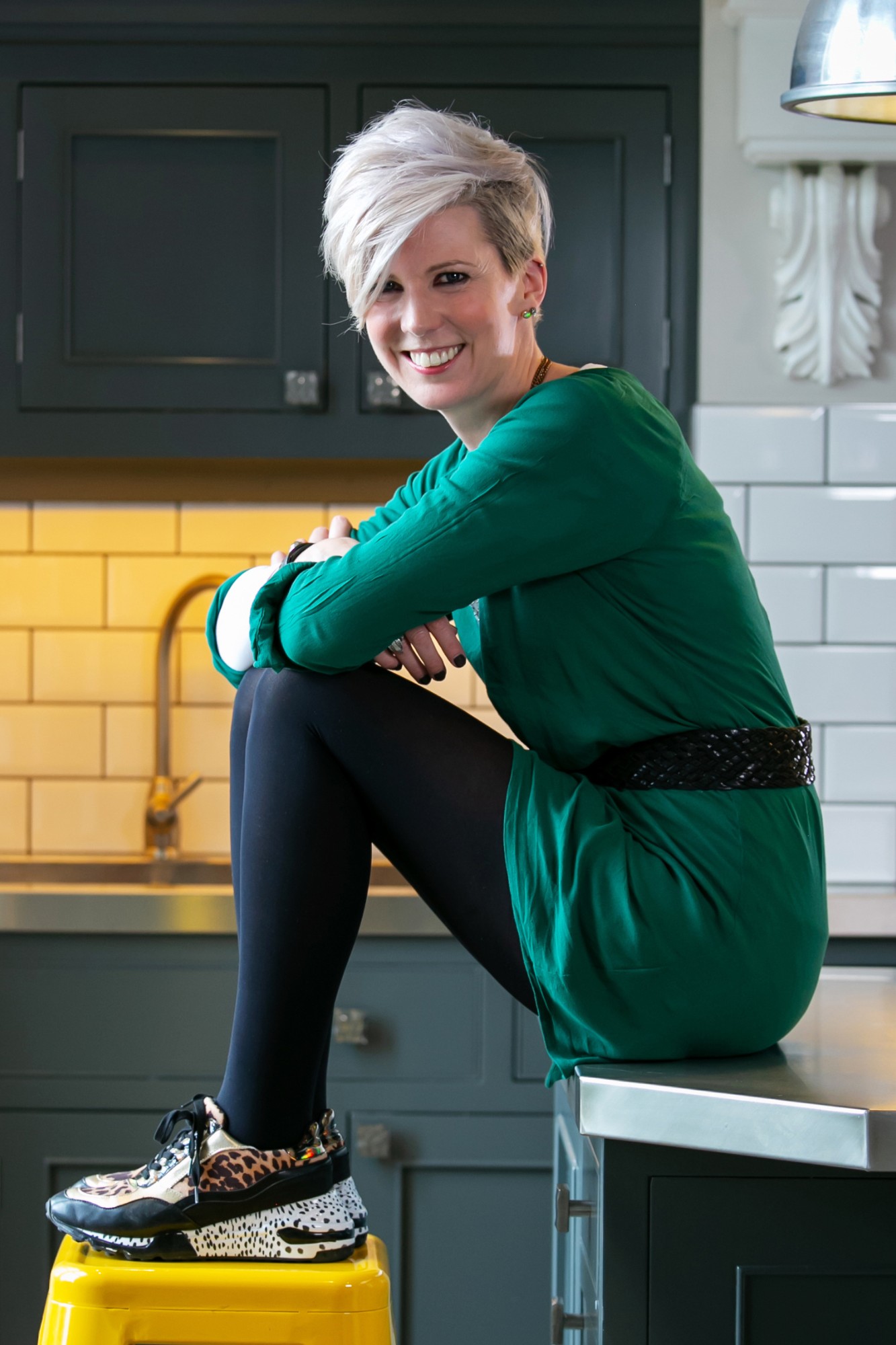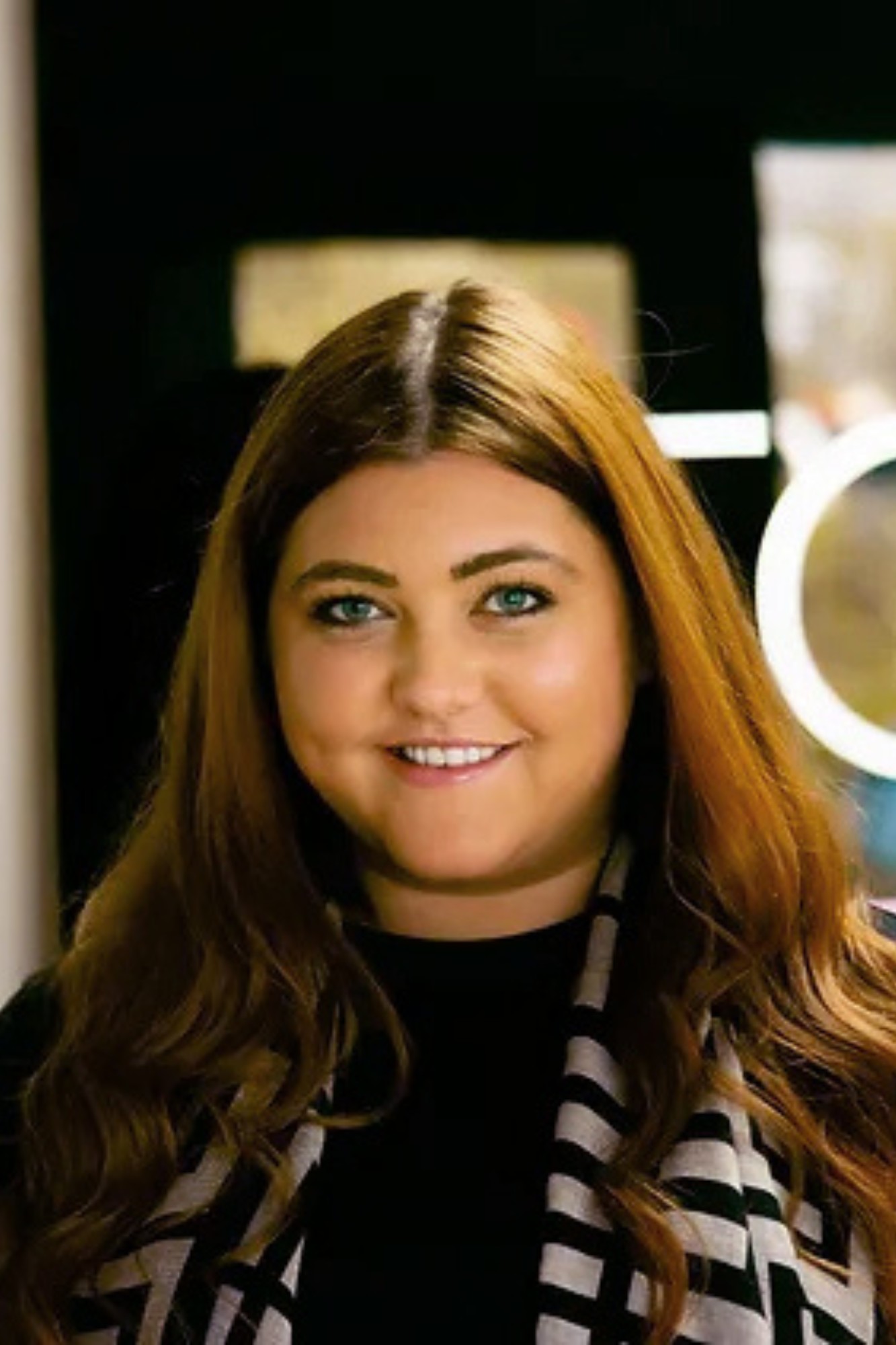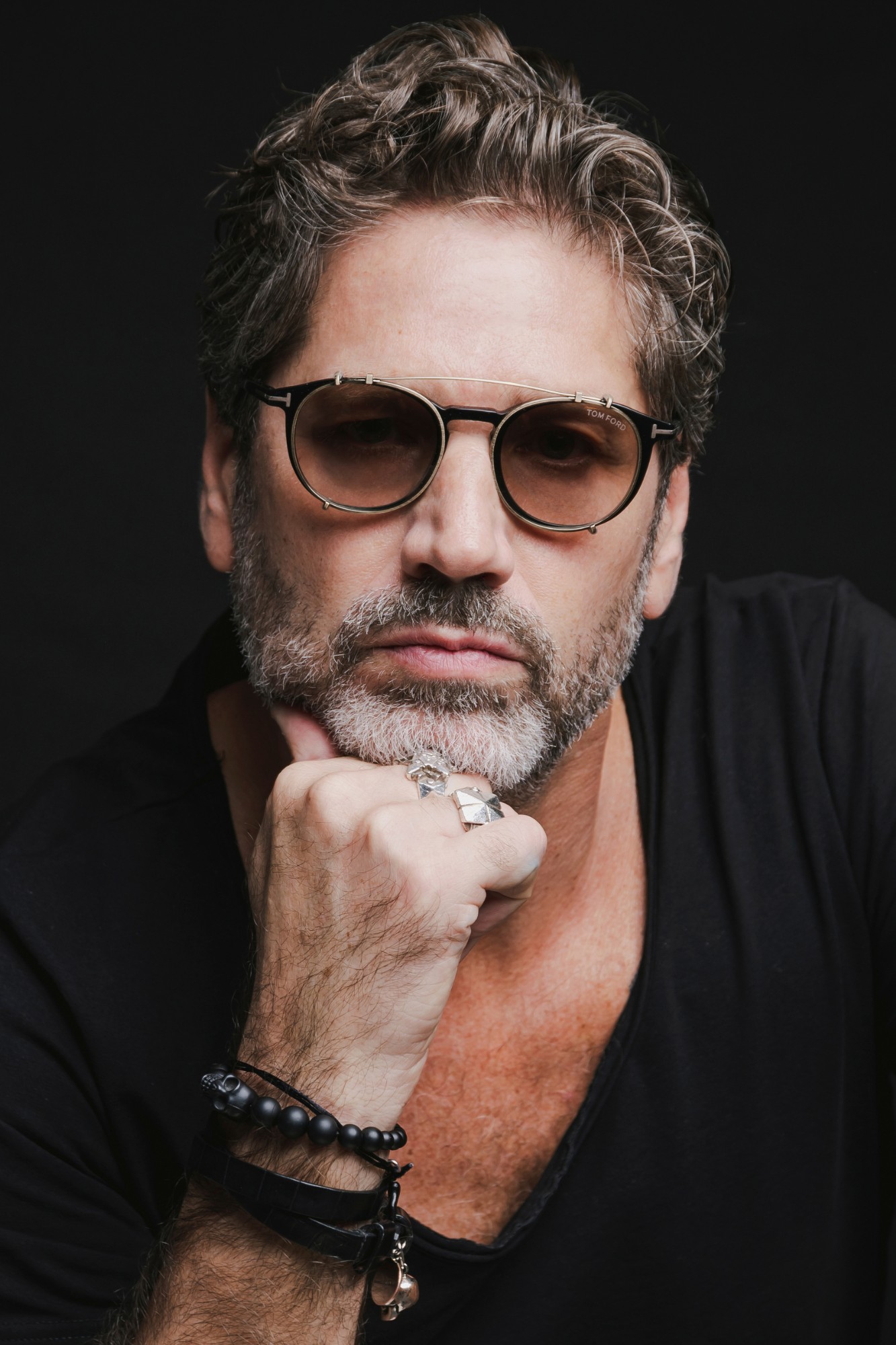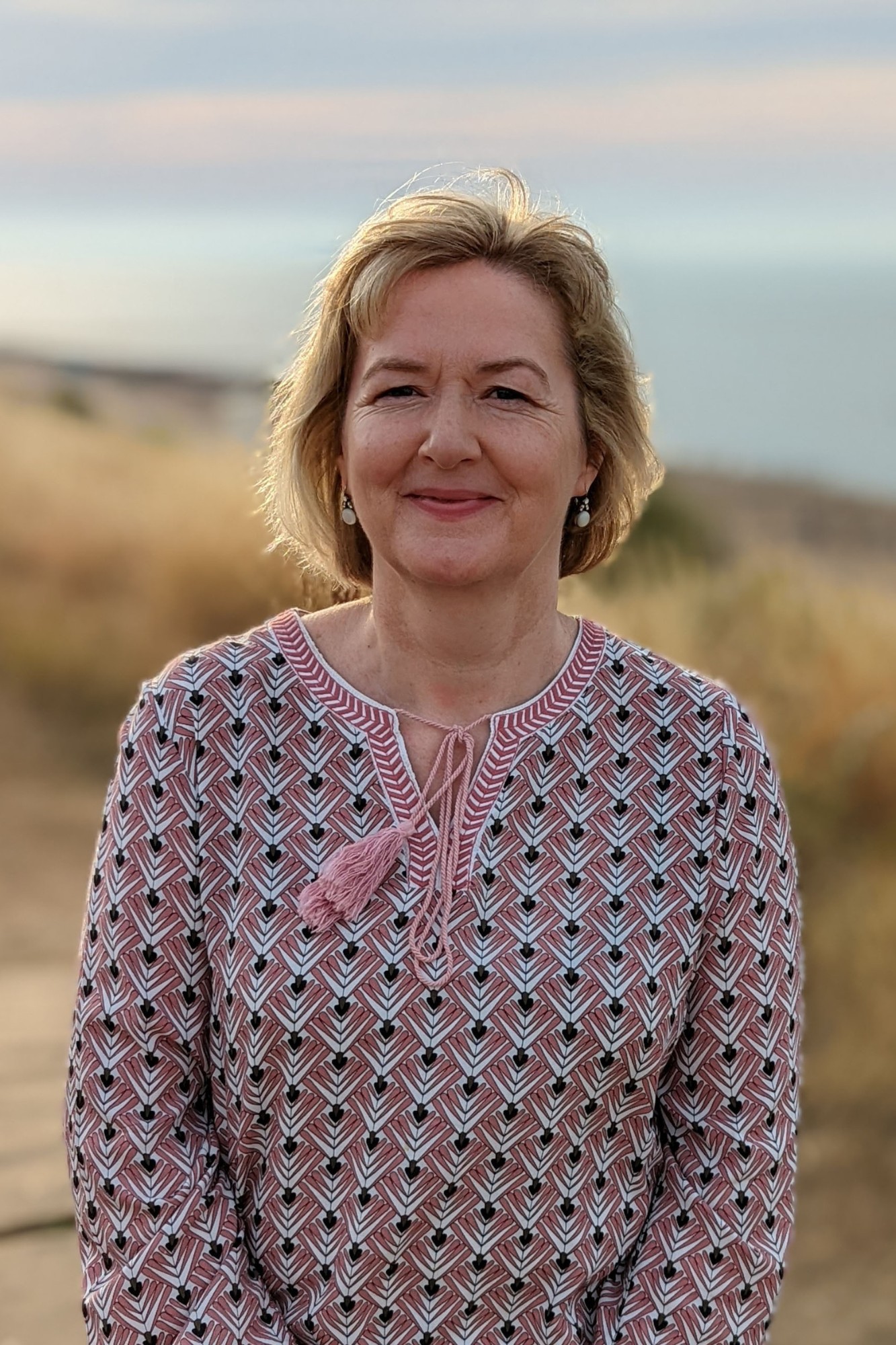This week’s instalment of the Project of the Week series features an idyllic villa design by 2023 SBID Awards Finalist, Balan and Nambisan Architects.
Balan and Nambisan Architects was commissioned to design a luxurious villa in a warm contemporary style. Drama is created in the powder room with a ceiling mounted Gessi faucet over a floor standing washbasin in a surround of onyx. A Bulthaup open kitchen is the heart of the home. In the master bedroom flawless white statuario marble is contrasted with dark walnut wood. A bespoke leather headboard serves as a fitting backdrop to the Capital bed. The master bath uses Stonewood marble contrasted with vanities in wood with brass details.




































































